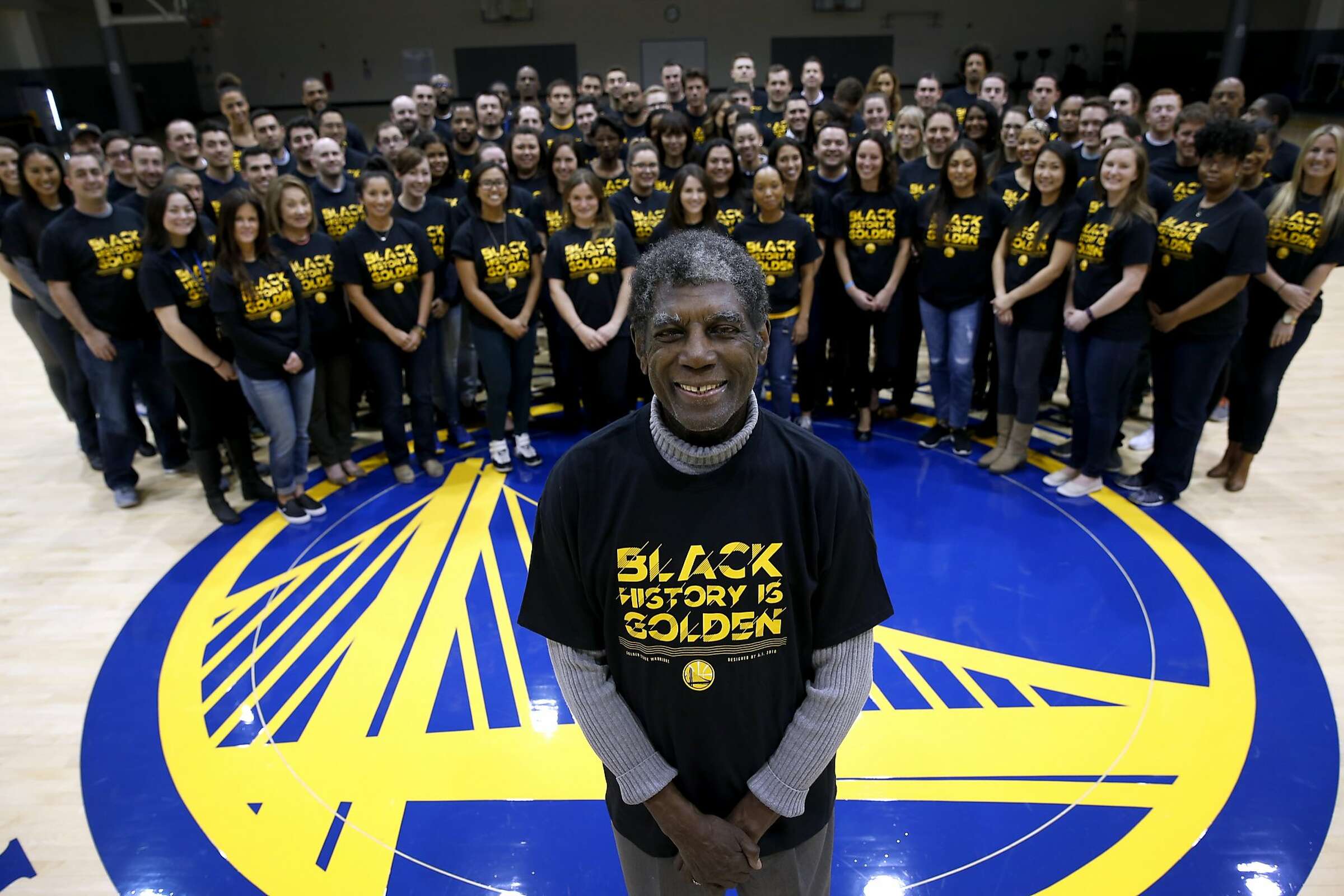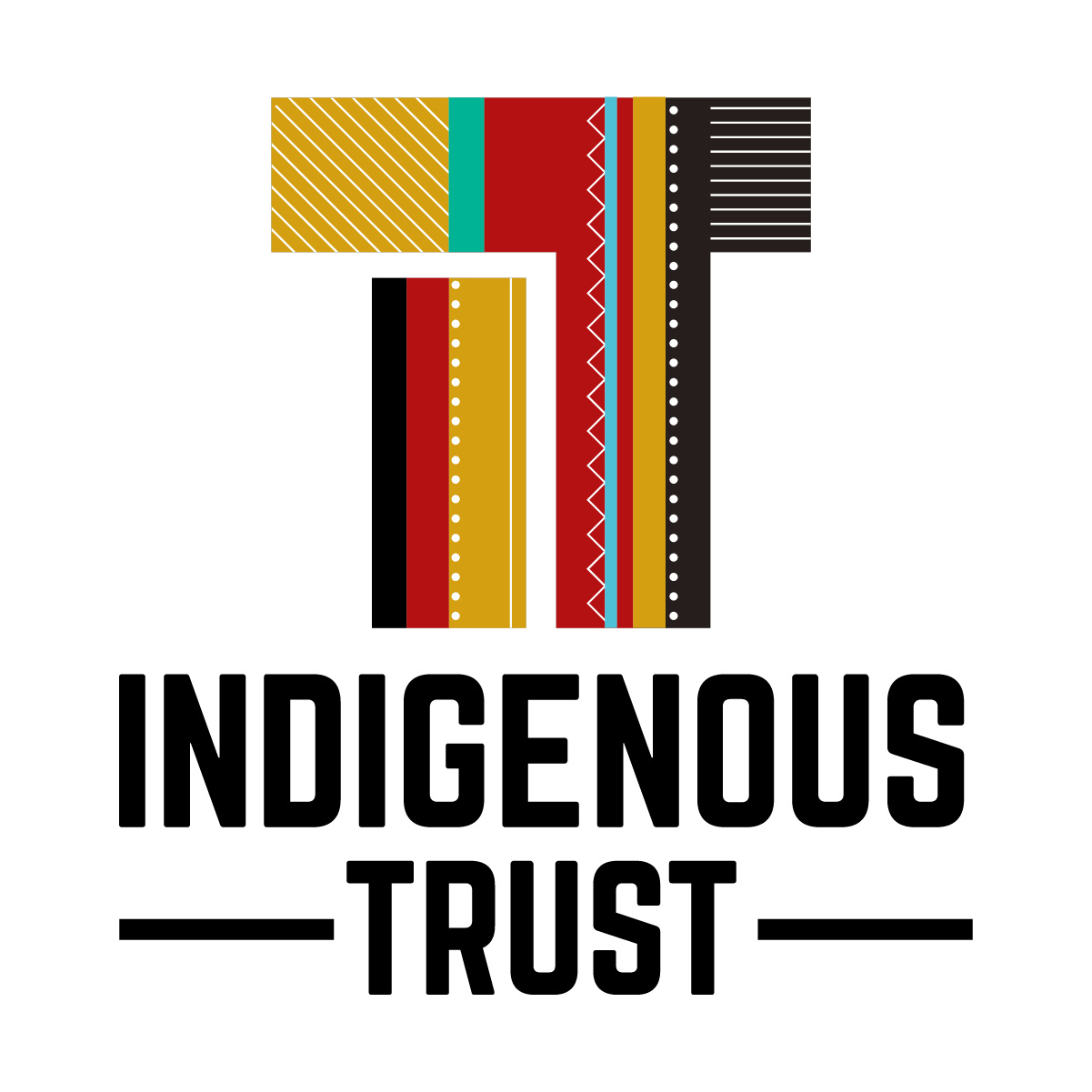
It is “Black History Month” in the United States. Super Bowl 57 is this coming up on Sunday. This is the first time in history that the Super Bowl will feature two Black quarterbacks. A Youtube personality, “BigCamIAm”, called it “Another Satisfying Racial Moment”. What I realize in this moment is that pursuits of justice for Black Americans – pursuits to humanize and create opportunities and wealth for Black peoples in the United States – often takes place without acknowledgement of the abuse and dehumanization of American Indian (Native American/Indigenous American) peoples.
Frantz Fanon wrote Black Skin, White Masks in 1952. It describes how Black peoples are stuck in an “inferior status” within colonialism. At that time, Black athletes were relegated to non-White sports leagues. Jackie Robinson broke the “color barrier” of major league baseball in 1947 in a decades long fight by Black Americans to place Black life into the center of America’s sports. Like Jackie Robinson, Henry (Hank) Aaron is appreciated as one of the fore-runners of Black equality within sports and society in the United States. Look up his biography on Google. You can’t see him without seeing a uniform embroidered with feathers, the face of a yelling Indian man, and/or the word “Braves”. White and Black peoples were vying for autonomy and humanity in a sports and entertainment economy that was, in various ways, powered by the pulverization of Indigenous life.
We (American Indians) might appear to support this pulverization. The Eastern Band of Cherokee Indians, for example, were invited to have a “Cherokee Day” in the stadium owned by the Atlanta “Braves”. But if Cherokee government officials were honest, they would have to admit that several decades of civil rights advocacy have been constructed on a foundation of Indigenous dehumanization. The former mayor of Atlanta, Keisha Bottoms, celebrated the 2021 championship run of the “Braves” while wearing a jersey with the name “Braves” embroidered on it – – as she told a story of her dad, a Black employee of the city of Atlanta who hauled trash, rushing to get home to listen to the “Braves” play. In her mind – what her words seem to indicate – is that, in an Atlanta-region defined by White oppression of Black peoples, everyone is ultimately united in
jerseys, hats and foam hands that mock American Indian peoples.
The other night, during his State of the Union address, President Joe Biden discussed “Black and Brown” parents who were forced to talk to their children about police encounters (in hopes of saving them from being shot or maimed by police). I wondered in that moment why he didn’t say “Indigenous”, “Native” or “Indian” parents – – per capita, American Indian people suffer more from police-induced death than any other racial/ethnic group.
But you won’t hear this within American journalism. The “Golden State Warriors” – an NBA team whose name celebrates genocide of American Indian peoples in California during the “gold rush” of the mid-19 th Century – recently produced a video of their Black players discussing what it means to be Black and to have benefitted from the sacrifices of their Black ancestors and forerunners. They delivered these messages while wearing jerseys that say “warriors” and “Golden State”. They spoke of life and hope while wearing death and despair. In that moment, Black life was clothed in the diminishing of Indigenous life. Black skin became a canvas upon which colonial occupation and dismissal of American Indian peoples is celebrated and reaffirmed. This juxtaposition between Black life and Indigenous death was sponsored by Chase
Bank.
Professional sports in the United States is one of many theaters of performative DEI (diversity, equity and inclusion). Patrick Mahommes, the star quarterback of the Kansas City “Chiefs”, regularly stands before audiences of journalists who ask him about the importance of being a Black man in the NFL. None of those journalists ask him about his willingness to be draped in arrowheads and to participate in ceremonies in which non-American Indian peoples do supposedly American Indian things (e.g. beating a drum) as part of a sporting event.
The universities that are neighbors to these teams – many land grant universities that were funded by theft of American Indian land – are full of offices decorated with the banners and jerseys of the “Chiefs”, “Braves”, “Blackhawks” or “49ers” – the San Francisco area NFL team that is named after the people who systematically exterminated American Indian people in California. These aren’t just White schools. They are historically non-White schools too. Alcorn State, a historically Black school in Mississippi, still uses the “Braves” as their team name.
Howard University’s swim team was recently featured in Sports Illustrated in an article about the joy of seeing an all-Black team in collegiate swimming. As I stared at the cover photo, I noticed something. The swimsuit-clothed bodies of these Black swimmers stood just in front of a giant bison (buffalo) painting. The namesake of Howard University, O.O. Howard, gained the resources and political clout to start/continue Howard University because of his willingness to assassinate American Indian leaders (including leaders from the Nez Perce Tribe). Bison were also victims of this genocidal process. Now, in 2023, Bison remain a fixture on Howard University clothing and insignia in a celebration of genocide. Like University of Illinois, which continues to call its alumni “fighting illini”, Howard University drapes a celebration of genocide around its star athletes in the form of paintings, towels and t-shirts.
This is not the age of Black Skin, White masks. No, about 75 years ago, Black Americans were forced to wear White expectations. They were dehumanized underneath the weight of White expectations. Though those masks have not fully gone away, they are often replaced by white jerseys with beheaded Indian heads and arrowheads. Indeed, in an America that is increasingly coded in White and Black authority – we have a Supreme Court with two Black justices, and the White House is occupied by a White President and Black Vice President – can we now turn our attention to justice for American Indian peoples? Can we stop draping our athletes in celebrations of genocide? Can we place American Indian peoples in the center of justice-craft?
Recently, Mayor Wu of Boston announced a reparations task force. Who were the reparations for? Black citizens of Boston.
This was difficult to read. Slavery in the United States began in Boston. Before African bodies arrived in large numbers in the early 1600s, Boston served as the central staging ground for the enslavement and torture of American Indian bodies. Indian bodies were brought along what is now Massachusetts Avenue in chains. Subsequently, Indian bodies were deported to islands off the coast of New England and in the Caribbean (where they were sometimes traded for Black bodies).
Is this not cause for reparations for American Indian peoples in Boston? Is this not cause for payments to be made on rent owed to American Indian peoples? Is this not a great reason to take off anti-Indigenous jerseys and helmets?
Yes, it is.
